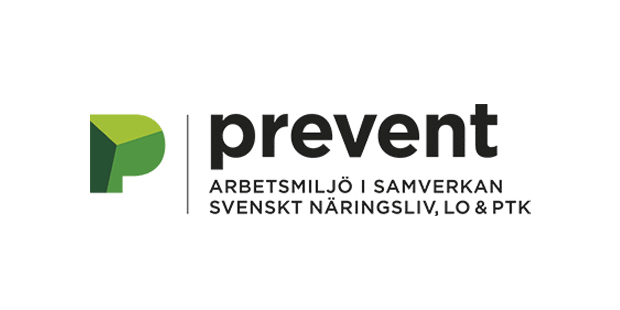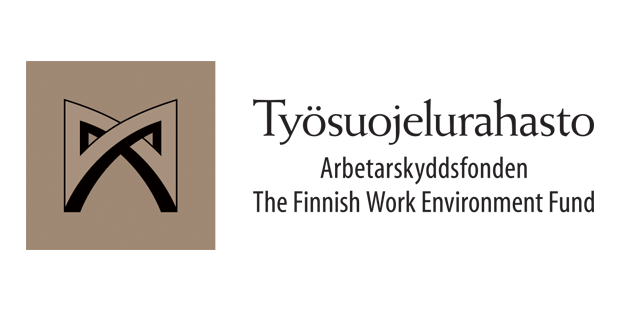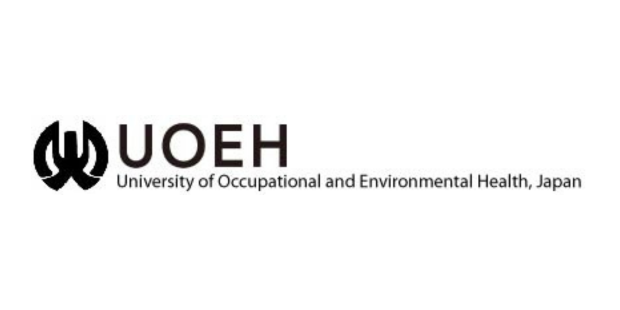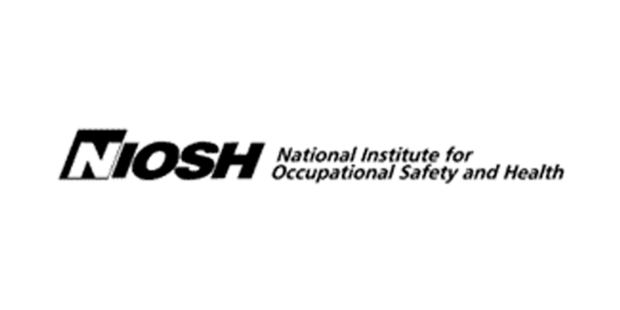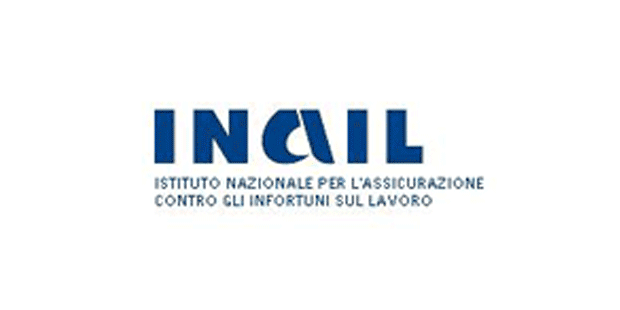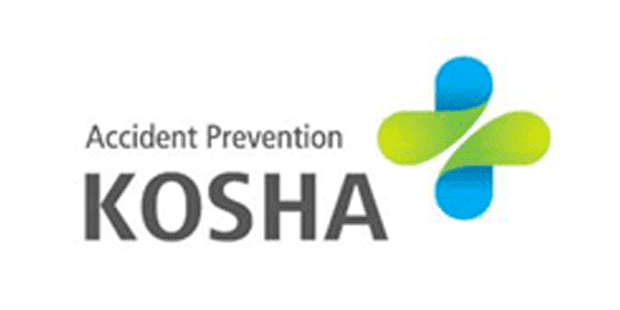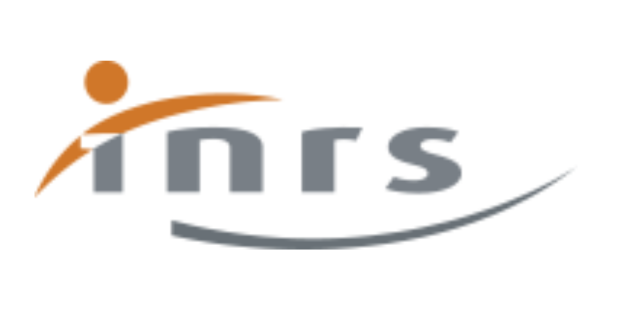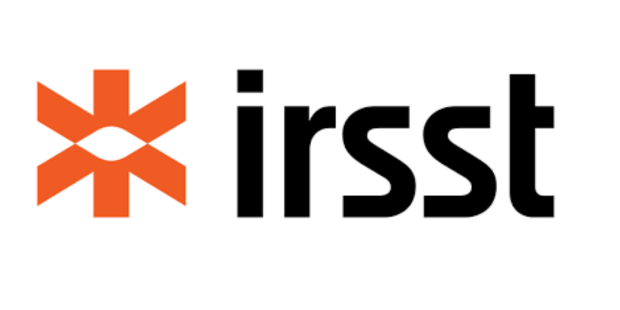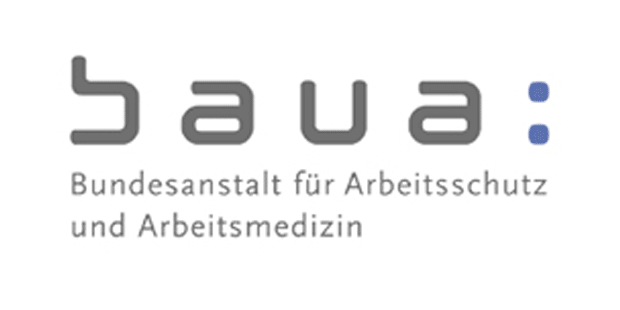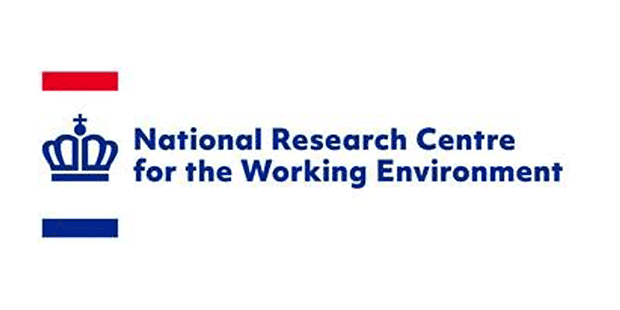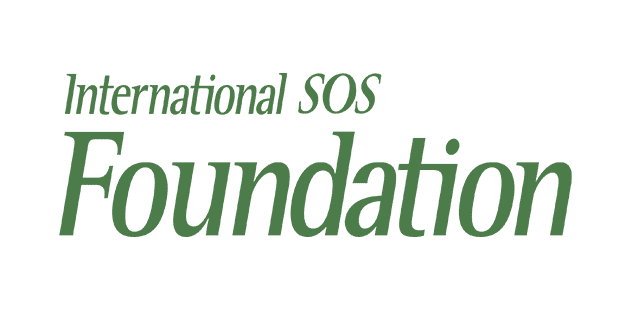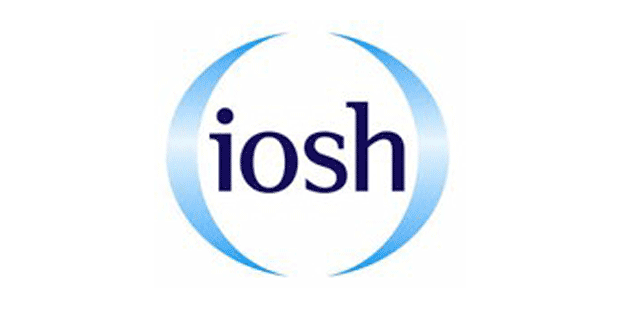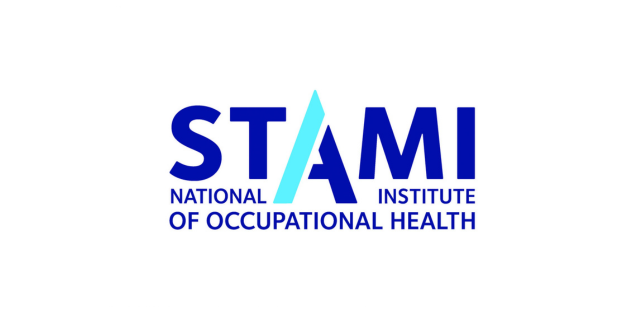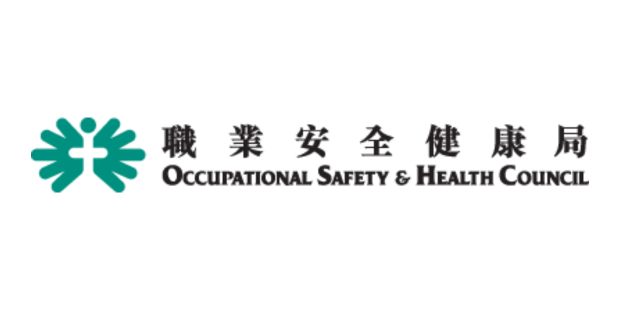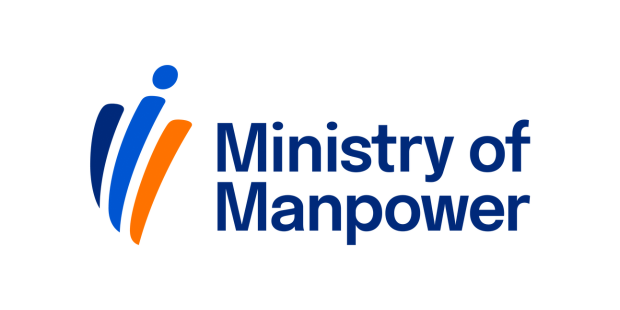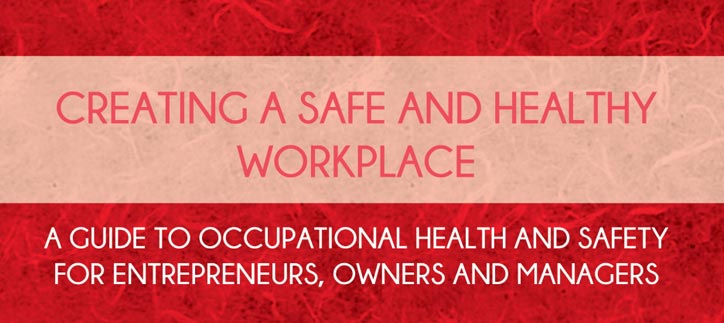ICT Network Report
AN ICOH NETWORK PROGRESS REPORT
THE INTERNATIONAL COMMUNICATION AND INFORMATION TECHNOLOGY NETWORK FOR OCCUPATIONAL SAFETY AND HEALTH (ICOM-NET)
Chair:
Max R. Lum, Ed.D, MPA
Associate Director for Health Communication
National Institute for Occupational Safety and Health
200 Independence Avenue, S.W., Room 715H
Washington, DC 20201
Tel +1 202 401 0721
Fax +1 202 260 1898
mrl1@cdc.gov
Background
Dissemination and diffusion of information is a key element of good public health practice in general and of occupational safety and health in particular. The growing interest in hazard communication and the utilization of new information technologies needs increased emphasis if research driven safety and health messages and strategies are to reach large segments of the populations at risk.
Goals of the Network
- Work collaboratively with ICOH scientific committees and other partners to stimulate and demonstrate effective communication strategies and messages so as to improve intervention effectiveness.
- Promote the use of effective information technologies for delivery of communication messages and products to employers, workers and health professionals
- Encourage and demonstrate effective applied communication research
Formation of the Network
The formation of the ICOM-Net was preceded by circulation of a white paper to various ICOH members and a personal discussion with ICOH Officers in Birmingham in April 2000. The network idea was initially proposed at a January 17-19, 2000 joint workshop, Information Society-A Challenge to Health and Safety, held in Bilboa Spain sponsored by the National Institute for Working Life, Stockholm, Sweden, the European Agency for Safety and Health at Work and the Nordic Institute for Advanced Training in Occupational Health, Helsinki, Finland. Based on feedback from this meeting and other comments received from my U.S. colleagues at NIOSH the proposal was revised to include a stronger emphasis on electronic information technology.
The formal announcement of the establishment of the network was announced by the President of ICOH, Professor Bengt Knave in his Presidential Address at the ICOH 2000 Congress in Singapore. At that meeting the ICOH assigned a member of their Board, Pier Alberto Bertazzi from Italy to provide guidance and support to the network. The first meeting of about a dozen network members was held during the ICOH Congress. The Singapore Congress also provided an opportunity to discuss joint programs with other scientific committees with a view toward developing joint programs to support and demonstrate effective hazard communication messages and strategies to improve intervention effectiveness.
First ICOM-NET Collaborative Meeting, November 1-3, 2000 National Institutes of Health, Bethesda, Maryland. International Symposium on Health Risk Communication Uncertainty, Stakeholders and Public Health Action.
The focus of this symposium was on good practice in communicating public, environmental, and occupational health risks. The presentations and case study workshops will help national and regional governmental personnel, community advocates, and others concerned with health issues to understand and apply the best current communication practices to their own projects.
This U.S. Government, multi-agency supported conference, held on the campus of the National Institutes of Health listed ICOH as a collaborating organization. ICOM-NET was represented by Max Lum who presented an overview of international occupational safety and hazard communication issues and encouraged the 300 delegates to submit formal abstracts, focusing on a important communication themes, to the upcoming ICOH sponsored conference, Occupational Health and Public Health, Norrkoping, September 6-9, 2001
Communication, Education and Training Conference Planning Meeting Held
A joint meeting with the ICOH Education and Training scientific committee members was held December 14, 2000. ICOM-NET met with Professor Bonnie Rogers, Dr. Carolyn Agnew and other members of the ICOH. Discussions focused on the planning of a joint ICOM-Net and Education and Training scientific committee conference scheduled for Baltimore, Maryland sometime in the Spring of 2002. The tentative title of the conference: Demonstrating the Sizzle. Occupational Safety and Health Education and Communication. The ICOM-NET focus of this meeting will be presentations and demonstrations of good research driven case studies highlighting best communication practices for intervention effectiveness. 300-400 delegates are expected for this important meeting.
ICOM-NET Collaboration: Conference on Occupational Health and Public Health. Lessons from the Past - Challenges of the Future. Norrkoping, Sweden. September 6-9.
ICOM-NET is very involved and is working closely with the planning committee to assure participation by North American researchers in this important meeting. Based on initial information received, we expect a good response to the Call For Abstracts generally and focus on communication strategies and messages specifically. I look forward to meeting with the scientific program planning committee in Stockholm, March 3-4.
Anticipated Work Plan for 2001-2002
- Continue to build a strong participating membership base to support the goals of the network
- To aggressively seek a non North American co-chair to broaden the base of the network and to provide more useful and stimulating network planning and work agenda development
- To stimulate exchange of information about applied communication research, field work and effective information technology applications through collaborative arrangements with other ICOH Scientific Committees and interested occupational safety and health partners. Planned conferences to include:
- NIH Bethesda, MD Conference November, 1999
- Norrkoping Conference September 6-9, 2001
- Baltimore, MD Conference Spring, 2002
- NIH Bethesda, MD Conference November, 1999
- Identify and disseminate useful print and electronic communication products demonstrating the application of research driven communication messages and strategies to improve intervention effectiveness. Specific products include the following:
- Health Risk Communication Bibliography. A Users Guide to 100 Key Resources. September 2001
- 1999 NIH Communication Conference Proceedings. June, 2001
- To publish and disseminate the first issue of the ICOM-NET newsletter for circulation to ICOH membership. The newsletter will contain articles concerning important hazard communication issues, upcoming events, seminars, research work in progress. June 2001.


